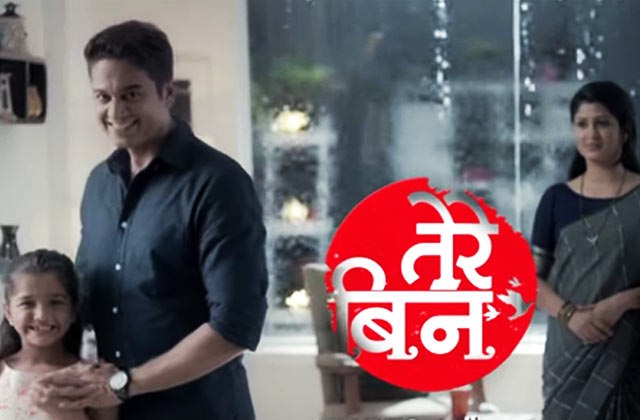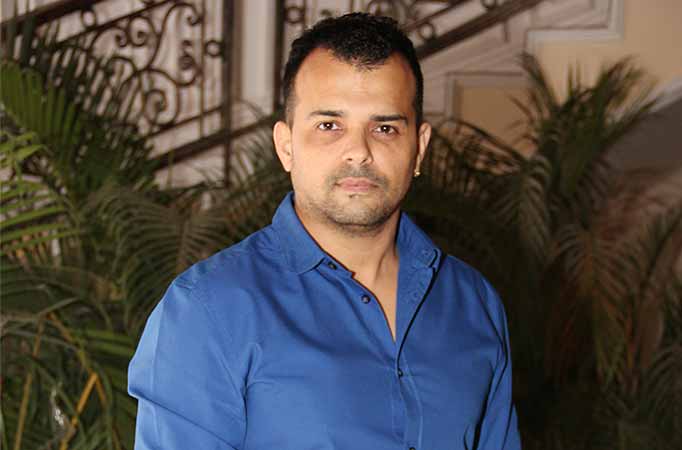
Gone are the days of Dil Se, DDLJ: Has Bollywood moved away from its La La Land?
This early on scene of kid meets young lady, from Mani Ratnam’s Dil Se is one of Bollywood silver screen’s finest in sentiment, as per yours really. There was a surge of expectation, the trading of the champion’s puzzling looks with the legend’s stricken eyes, amusingness and enchant in the lines, and the most suggestive of all — the great temperament made by the sound of the prepare, the stormy wind, the picture of rain weakened chai, caught so distinctively by Santosh Sivan.
It flabbergasted you as and needing all the more, much the same as the legend (Shah Rukh Khan).
The magnificence of Dil Se’s screenplay is that the scene has an immaculate result later, brimming with aching when the legend (Shah Rukh’s best execution to date, of a sincere, young fellow whose heart is by all accounts hustling as he talks) portrays that night on radio, finish with sound impacts reproducing the sound of the prepare, the wind and the rain. While, elsewhere, in a remote region, obscure to him, she — a fear monger (in that lies the lamentable clash) — tunes in.
That was the sheer enchantment of sentiment in Hindi silver screen in 1998. The composition, music, verses, cinematography, heading and the exhibitions appeared to be in a state of harmony into each other like an excellent ballad and a tribute to love.
Today, as Hollywood’s melodic romantic tale La Land clears five BAFTA grants and is named for 14 Academy grants, regardless it keeps on being wrangled about overall whether the film merits the awards and the gestures of recognition.
Nearer home, it doesn’t measure up to a considerably wealthier work by Mani Ratnam, who does us glad with move and melody story like “Chaiya” on a prepare beat, in any event if choreography and music is the criteria here. There is more energy and soul in each casing in his tunes and visuals than in Damien Chazelle’s two hour melodic. Fantasy world is without a doubt awesome in specialized points of interest yet essentially not as engaging nor as profound.
It’s not recently Hollywood which is by all accounts sufficiently smug in it’s absence of sentiment and science among the characters.
Indian film too is changing in it’s meaning of affection. While trying to be all the more genuine in its portrayal — which is most welcome — it is losing the appeal of dreamer snapshots of yore. Take, for instance, the most recent offering by the most productive Bollywood producer, Karan Johar — Ae Dil Hai Mushkil.
In ADHM, the characters think that its less demanding to be companions than sweethearts. The film is more negative in its understanding of adoration. The champion (Anushka Sharma) inclines toward companionship to love, as she has just known its traumatic uneven shade of dim torment.
Everybody in the film flourishes, and even is beautiful, about solitary love and how it can really be sufficient to live by. While Johar’s first film on lonely love, Kuch Hota Hai put stock in discovering love the second time round, his most recent film does not trust in characters proceeding onward. It’s as though he needs to state, two individuals in affection can live cheerfully ever after, just in fellowship.
The film appears to comprehend the difficulty of relinquishing true to life sentiment but then sticking on to the deep wistfulness. We can see that in its interpretation of the work of art, “Slack ja storm” or Farida Khanum’s “Aaj jaane ki zid na karo” as a tribute to the pleasant and magnificent circumstances. Be that as it may, the confidence in the effortlessness of affection is absent.
In the previous two years, Tanu Weds Manu Returns and Ranjhanaa — both coordinated by Anand Rai, have effectively drawn out the affection, the enthusiasm, the rage and the delightful daydreams of sentiment with its flighty characters and inside the parameters of tune and move, business shows. Such motion pictures are far and few. We no longer appear to have sentimental motion pictures, which keep on entertaining with rehash watching, as Dilwale Dulhania Le Jaayenge or the immortal Lamhe.
Of late, there is just a single film which brought back the straightforwardness of narrating and the excellence of pure love — Marathi motion picture, ‘Sairat’. The film’s reverberating film industry achievement has re-opened another trust that Hindi silver screen will take a red rose from that point and bring that “punch zingaat” beat back in our scripts and reproduce the engaging ‘fantasy world’ of Bollywood love.
In the interim, this Valentine week, one should be cheerful to return to…
“Dil hai to phir dard hoga, Dard hai toh dil bhi hoga. Dil se re… dil se re.”






Comments (0)